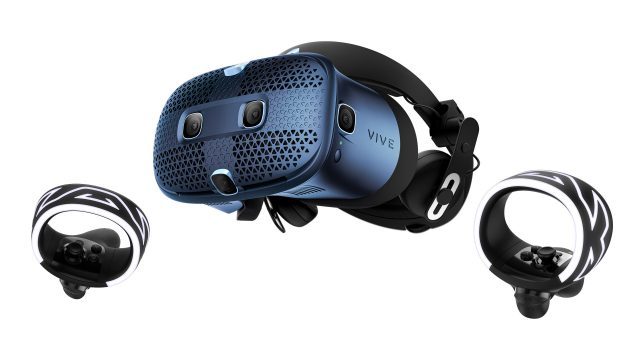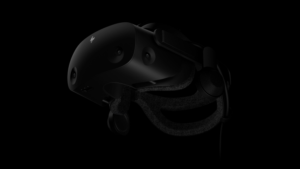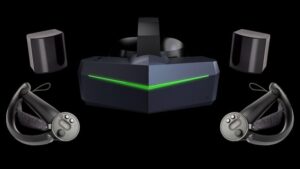Snapchat has brought about huge amounts of data with its feature called as Snapchat Lens Studio. An amazing opportunity for amateur photographers and tech enthusiasts. What is more interesting to note is that these numbers just continue to grow each day. To celebrate such humongous amount of participation from people and as a token of gift, Snapchat initiated a Lens fest.
What this fest does is basically have people from the computer and software engineering world come together have some of the most beautiful brainstorming sessions on various topics. It has sessions, one to one talks, workshops on business building, branding, creativity and tech in general. The most awaited part being on how AR and VR are changing the dynamics of the world we live in.
So during the Lens fest, Snapchat presented few awards as an acknowledgment to the progress made and achievement milestones garnered. These were awards for VR and AR excellence in domains like fashion & beauty, environment & social good, gaming, utility, and more.
The awards winners are:
Best in Art & Expression — ¡Vendedores, Presente! (Sallia Goldstein)
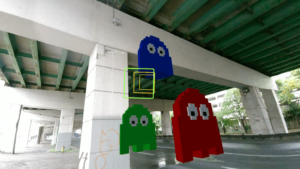
Sallia Goldstein partnered with Los Angeles-based artist Ruben Ochoa as part of our Monumental Perspectives initiative in partnership with LACMA. Together, they created an augmented reality monument that pays homage to the shared history of street vendors in L.A.
Best in Creativity — Rock Hand (2020CV’s Hart Woolery)
Hart, a serial entrepreneur and programmer since the age of 12 was inspired by the different ways that people pair art and music. To bring this magic to life through AR, he developed Rock Hand. This Lens nods to nostalgic games such as Rock Band, Guitar Hero and DDR, and reimagines that type of interactive experience in AR paired to modern day tunes.
Best in Originality — SKIN THIEF (Denis Rossiev)
Ditch the poly juice potion, Denis Rossiev’s SKIN THIEF Lens brings shape-shifting magic to life through AR! SKIN THIEF leverages body tracking technology to scan, capture and overlay your look onto someone else, allowing Snapchatters to (temporarily) pose as their friends.
Best in Technical Skill — Jig Kitchen How-To (JigSpace)
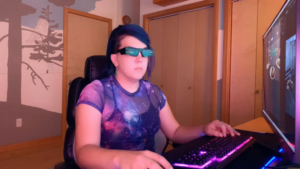
JigSpace, an Australia-based AR studio, is on a mission to make education more accessible in 3D. Using Snap’s AR technology, JigSpace introduced their Jig Kitchen How-To Lens to help Snapchatters around the world solve every day at-home problems. Sink clogs are gone!
Best in Utility — Food Menu (Brielle Garcia)
With Food Menu, Brielle Garcia provides a proof of concept for the menus of tomorrow. Inspired by the recent emergence and ubiquitous use of QR codes at restaurants, Brielle’s Lens demonstrates how augmented reality can further enhance the ordering experience allowing viewers to see a dish in 3D before placing an order. With Food Menu, the days of craning over for a look at what the next table ordered are numbered . . .
Best in Environmental & Social Good — Bleached Seas (Helena Papageorgiou)
Australia native, Helena Papageorgiou is using AR to start a discourse about a local problem with global implications: coral bleaching. As temperatures rise due to increased Co2 in the atmosphere, coral reefs are suffering. Through Bleached Seas, Helena is teaching audiences about the real-world implications of climate change through interactive AR.
Best in Fashion & Beauty — OG MetaJacket (RTFKT STUDIOS)
RTFKT Studios, best known for their NFT collabs and Elon Musk’s iconic cybershoes, dropped a new virtual look for Snapchatters around the world. With their OG MetaJacket, Snapchatters can up their virtual fashion game and see first hand how augmented reality unlocks endless possibilities when it comes to virtual fashion design.
Best in Information & Education — BLACKSOUL GALLERY (Leighton McDonald)
Leighton McDonald’s Blacksoul Gallery celebrates and showcases artistic works from Black emerging artists including Bria Thomas, Juliet Nneka and Dillon ATM, and allows Snapchatters to experience the work out in the world wherever they are, beyond the closed walls of a museum.
Best in Gaming — Ponk (Aidan Wolf)
From Aidan Wolf, the founder of the first-ever AR Creator House, Ponk offers an interactive game for friends to play together. Through this game, which draws inspiration from the principles of ping pong and brick breaker, Aidan is excited to deliver an experience that quickly connects people together.
So, if you are a VR and AR geek, you should definitely consider following our blog. We are Twin Reality Technologies, an Indian startup building virtual reality Web and App development services. We would be glad to get in touch with you! Until the next blog post, have an amazing day!






